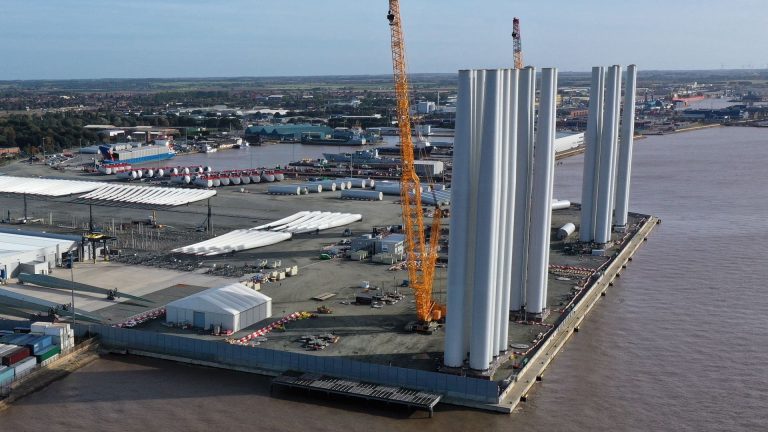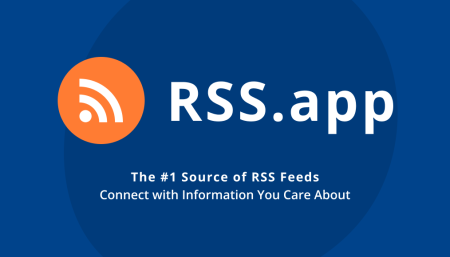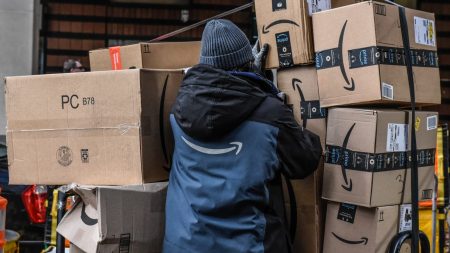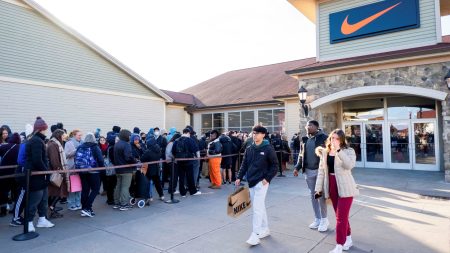As the biggest players in wind energy gear up to report quarterly earnings, supply-chain reliability issues are front and center for both stock analysts and industry leaders.
Siemens Energy made the headlines earlier this year when it scrapped its profit forecast and warned that costly failures at wind turbine subsidiary Siemens Gamesa could drag on for years.
It sparked concerns about wider problems across the industry and thrust Europe’s wind energy giants’ earnings into the spotlight.
Siemens Energy is set to report its fiscal fourth-quarter results on Nov. 15. Its shares are currently down more than 35% year-to-date.
Aside from the turbine problems, the German energy giant posted orders of around 14.9 billion euros ($15.7 billion) for its third quarter, a more-than 50% increase from the previous year, primarily driven by large orders at Siemens Gamesa and Grid Technologies. Yet the 2.2 billion euro charge due to Gamesa’s quality issues prompted Siemens Energy to forecast a net loss for the fiscal year of 4.5 billion euros.
Ahead of its fourth-quarter earnings, analysts at Kepler Cheuvreux suggested in a research note Tuesday that despite having already warned on profits, the company “remains vulnerable to large negative cashflow swings in the next fiscal year.”
“We expect Siemens Gamesa to suffer very weak order intake in H1, which will combine with extensive delivery delays and rising customer penalty payments. Challenges at Siemens Gamesa will continue to overshadow resilience in the group’s other divisions,” they added.
Morgan Stanley cut its price target for Siemens Energy from 20 euros per share to 18 euros per share, but retains an overweight long-term strategic position on the company’s stock.
“Valuation for Siemens Energy is currently factoring in a negative value for the Gamesa division, which we believe may have been over penalized,” Morgan Stanley capital goods analyst Ben Uglow said in a research note Monday.
“While we acknowledge the low visibility on Gamesa margin trajectory and that rebuilding investor confidence will take time, we remain Overweight on undemanding valuation and good fundamentals of the Gas & Grid businesses.”
Elsewhere, Deutsche Bank earlier this week slashed its 12-month share price forecast for Danish wind energy producer Ørsted by 36% ahead of its interim earnings report on Nov. 1. The stock has already halved in value so far this year.
Read more:

Deutsche had previously highlighted challenges in the wind turbine industry including supplier delays, lower tax credits and rising rates. However, Ørsted’s share price tanked further earlier this year when it raised the possibility of a 2.1-billion-euro impairment charge in its U.S. offshore wind portfolio.
Meanwhile, Danish wind turbine manufacturer Vestas — despite continuing to bag significant orders — has seen its shares plunge by around 30% year-to-date as reliability concerns plague the wider industry. Vestas publishes its interim financial report for the third quarter on Nov. 8.
Supply chain worries
ONYX Insight, which monitors wind turbines and tracks over 14,000 across 30 countries, revealed in a report Tuesday that supply chains remain the greatest challenge to the sector, with reliability not far behind.
The analytics firm, which is owned by British energy giant BP, interviewed senior personnel at over 40 owners and operators of wind turbines around the world in order to gauge the mood of industry leaders, and found that 57% cited the supply chain as the main obstacle to their operations.
ONYX Chief Commercial Officer Ashley Crowther said the lingering impacts of Covid-19 on manufacturing had just begun to heal — and then Russia’s invasion of Ukraine and the subsequent surge in inflation hit.
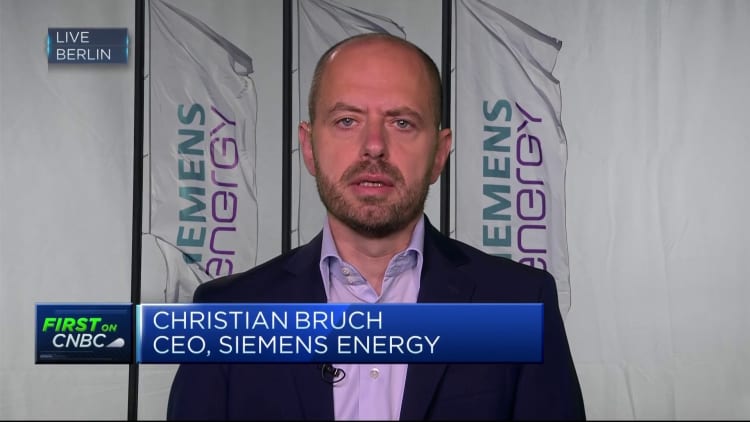
“Survey participants are now citing delays on new projects due to longer lead times for supply of new turbines and significant price increases,” Crowther said in the report.
“This is in line with what OEMs have told their investors, for example Vestas noting in their 2022 annual report they ‘increased our average selling prices of our wind energy solutions by 29%’. Similarly for major components, particularly main bearings on newer turbines with large rotor diameters, long delays are leaving turbines offline for extended periods.”
Although supply chain issues are creating problems for operators, the most direct impact has been on OEMs like Siemens Gamesa and Vestas, Crowther noted, as has been evident in recent financial results.
“Major western OEMs have recently reported losses or profit warnings and announced major restructuring projects in order to address the challenges they are facing. Some are even re-thinking their approach to the aftermarket which was always seen as the most profitable part of the business,” he added.
Reliability issues
Those surveyed by ONYX also expressed reliability concerns, with 69% expecting more reliability issues due to aging assets and 56% seeing problems associated with new turbine technology. Just 22% expected fewer reliability issues due to new turbine technology improvements.
“As the sector matures, turbines are getting older and the failure rate of electromechanical systems are increasing with age,” Crowther noted.
“Likewise, the initial operating period of newer turbines are seeing a rash of failures due to shorter development cycles, new turbine designs, and a squeeze on turbine prices. This is resulting in machines that are not durable enough.”
During an initial boom in the wind industry a number of years ago, OEMs faced huge market demand and, in turn, created a variety of turbine designs delivered on short cycles to a customer base seeking to generate more energy with greater efficiency at lower cost, Crowther explained.
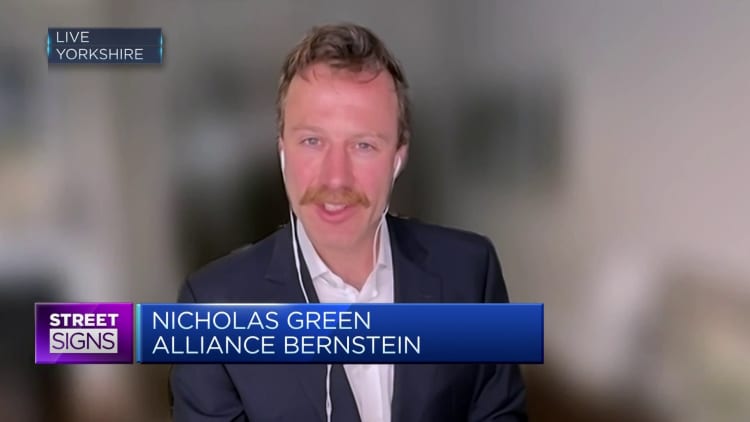
“Fast-forward to the present and between the perfect storm of supply chain issues and too many turbine designs to support, OEMs have been losing significant amounts of money, including those paid out in liquidated damages (LDs),” he said.
“Manufacturers have been locked into a price competition spiral, attempting to produce larger turbines for more competitive pricing. But with bigger turbines produced in shorter production cycles, it’s no surprise that manufacturing quality has diminished.”
Read the full article here



